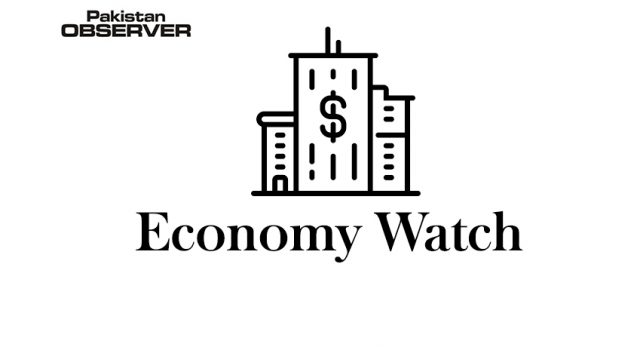Staff Reporter
Islamabad
A section of media has recently carried a story alleging mismanagement of wheat operations by the Government causing loss of Rs. 105 billion to national exchequer, which is factually incorrect. Key facts are as follow:
The country’s overall wheat requirement for the current year is estimated at 27.6 MMT inclusive of 2.2 MMT of seed and reserve stock. Whereas wheat production during the year stood at 25.8 MMT inclusive of carry forward stock. Therefore, the government decided to import 2.2 MMT wheat to bridge the demand-supply gap and protect price stability in the market. The gap between demand and supply could only be managed by imports to augment supplies.Whereas wheat stocks of PASSCO and Government of Punjab from year before were largely deployed to fill demand-supply gap in the country. It is pertinent to note that PASSCO supplied 0.5 MMT to government of Sindh as it fell short of procurement target of 1.2 MMT.









